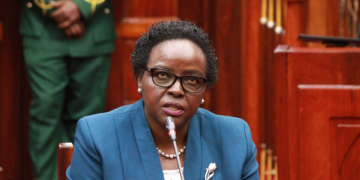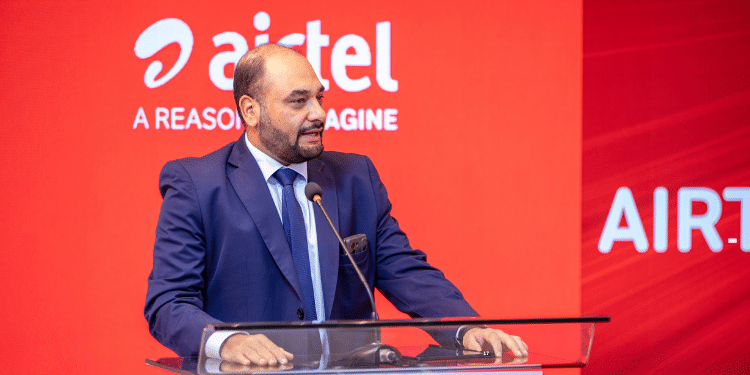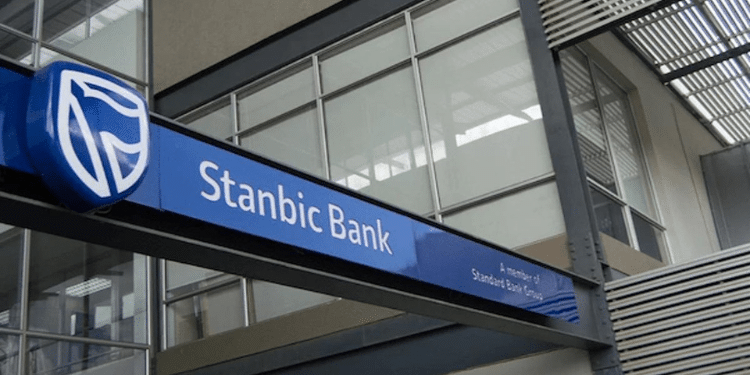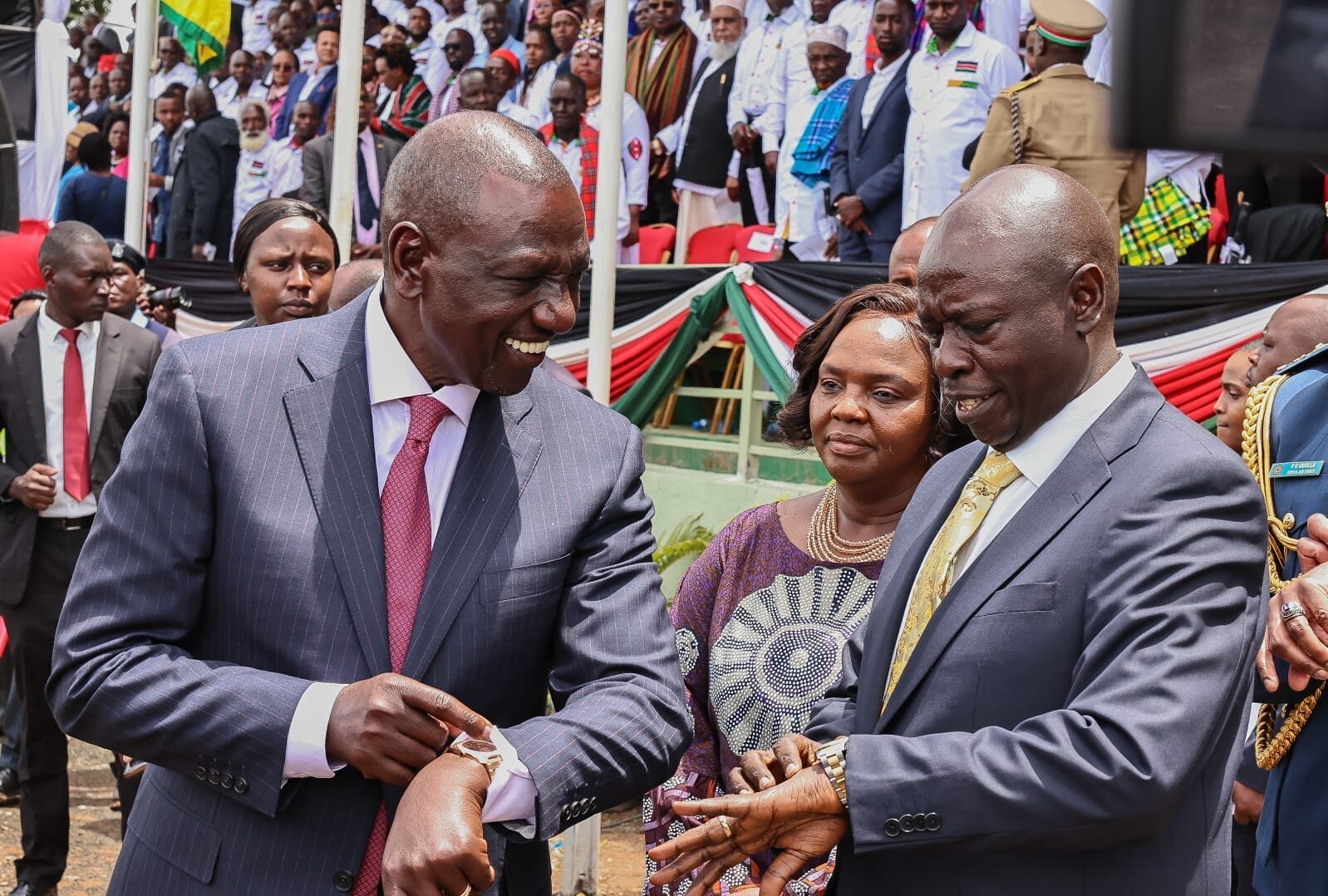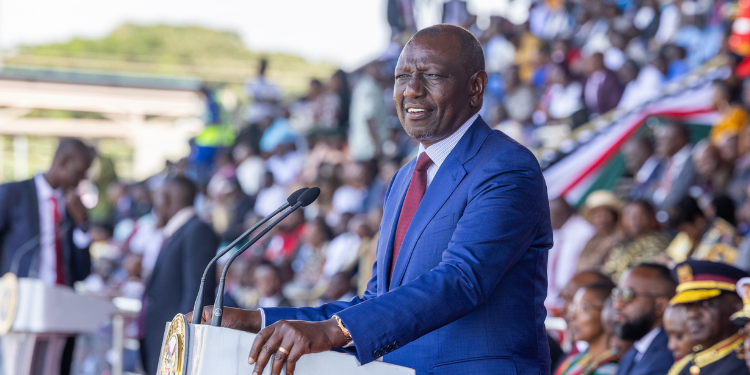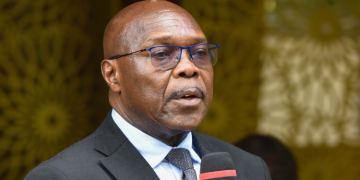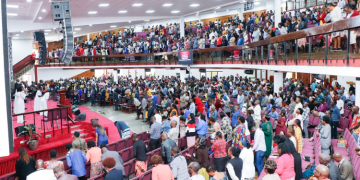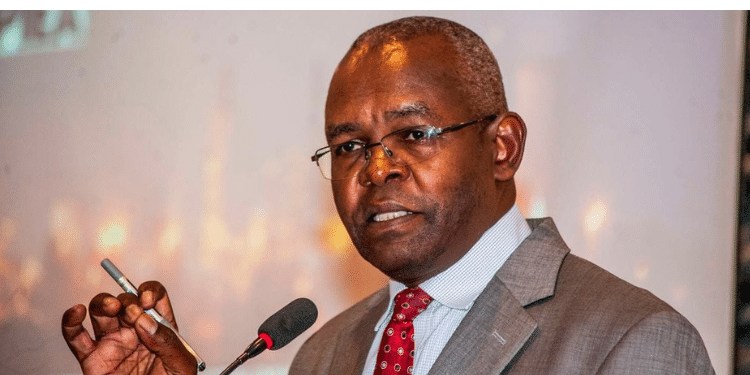Kenyans will soon enjoy cheaper loans as the Central Bank of Kenya (CBK) plans to lower lending rates for banks across the country.
According to Absa Bank Kenya, the Central Bank Rate (CBR) is expected to reduce to 9% by the third quarter of 2025.
Further, insights shared at the 2025 Macro Economic Outlook, Risk Management, and Structured Investment Solutions Forum hosted by the bank on Monday, March 10, detailed that the rate would then remain unchanged for the rest of the year.
“The Central Bank of Kenya is expected to cut the Central Bank Rate down to 9 percent by the third quarter of the year and leave it unchanged for the remainder of this year.
“This is expected to lower the cost of borrowing and boost private sector credit expenditure,” stated Absa Bank Kenya.
Also Read: Updated List of Interest Rates Announced by Banks in Kenya After CBK’s Directive
Absa Bank on Additional Benefits Apart from Loans
Further, Absa Bank Senior Economist Phumelele Mbiyo said that with the expected 9% policy rate, Kenya’s economy will experience improved access to credit.
Also, the banking sector is expected to bounce back after taking a hit when the Central Bank of Kenya raised interest rates.
“The financial services sector had taken a hit when the Central Bank of Kenya raised interest rates. Now, monetary policy has shifted after CBK cut rates consistently since August last year, signaling lower borrowing costs and recovery in the private sector credit,” said the economist.
After stagnating post-2022, the real estate and construction industries are also expected to benefit from lower financing costs, encouraging infrastructure development and homeownership.
Kenya’s strong forex reserves and access to multilateral funding from institutions such as the World Bank and the IMF continue to cushion the economy from volatility, ensuring exchange rate stability despite shifting monetary policy.
“Kenya’s comfortable forex reserves and access to international financing, including foreign portfolio inflows to the local bond market, multilateral loans from the World Bank and International Monetary Fund, bilateral loans, and the Eurobond market continue to ward off volatility and have bolstered investor confidence,” noted Absa Bank Kenya.
“At Absa, we are deeply invested in our clients’ stories because they truly matter to us. Our ambition is to be a financial services group that Africa can be proud of, and providing these insights is part of our contribution to the economic transformation of the continent,” added Absa Bank Kenya PLC CEO & MD, Abdi Mohamed, during the forum.
Also Read: Absa Kenya Appoints Four Women to Senior Positions
Other Complex Financial Instruments Unpacked
At the same time, the sessions gave bank analysts, financial institutions (both banking and non-banking ones) , importers, exporters, regulators and market investors an opportunity to unpack complex financial instruments.
According to Absa Bank Kenya, the information can be crucial in navigating current volatility while exploring alternative funding opportunities as well as yield enhancement instruments.
Some of the additional data points issued included that Kenya’s GDP is expected to grow at 4.9 percent in 2025, characterised by sectoral rotation from agriculture to construction and financial services.
Moreover, Senior Economist Phumelele Mbiyo, while giving macro analysis, detailed that Kenya’s inflation is expected to average 4.5 percent in 2025 with restrained core inflation, which has been stable around 2 percent since July 2024
Also, the upward pressure from food prices is expected to ease as the impact of light La Nina eases off after quarter one.
Follow our WhatsApp Channel and join our WhatsApp Group for real-time news updates





